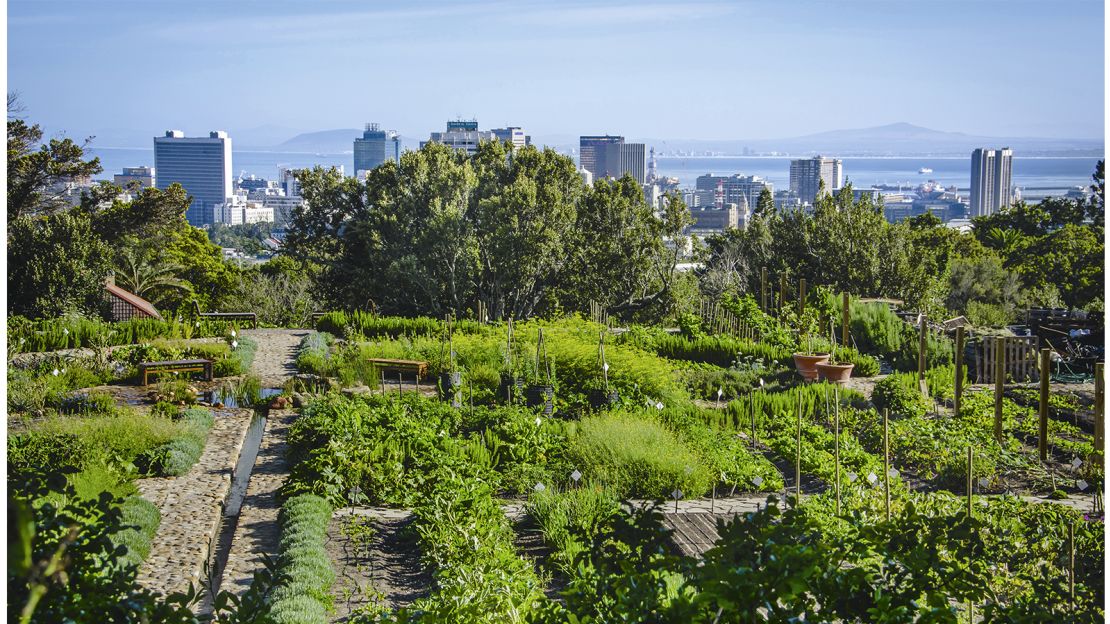What Does City Blooming Do?
What Does City Blooming Do?
Blog Article
Some Ideas on City Blooming You Should Know
Table of ContentsThings about City Blooming7 Simple Techniques For City BloomingThe 6-Second Trick For City BloomingSome Known Details About City Blooming City Blooming Can Be Fun For Everyone
Fascinated in expanding food for sale in the City of Chicago? Below is a list of often asked inquiries concerning the policies and laws that cultivators ought to take into consideration when planning a metropolitan farming project.
The zoning change does not modify any type of other codes handling composting, structure permits, acquiring or renting City owned building, business licenses or environmental contamination. There are existing codes that manage these concerns and they remain in complete result and may be suitable to your task. Community yards are typically owned or handled by public entities, civic organizations or community-based organizations and preserved by volunteers.
Urban ranches expand food that is planned to be marketed, either on a not-for-profit or for-profit basis. As a result of their business objective, city ranches call for a company permit. Yes. A community garden is enabled to offer excess generate that was expanded on website if the sales are accessory or subservient to the yard's primary objective defined above.
City Blooming for Beginners
The amount of garden compost material can not go beyond 25 cubic backyards at any offered time according to the standards in 7-28-715 of the City's Municipal Code. Since the dirt at most brand-new yard sites requires changing, garden compost, dirt, timber chips, or various other products can be acquired to build or improve the expanding room.

If a structure license is needed after that the hoophouse will be taken into consideration an accessory building. You can learn even more about the building permit requirements by speaking to the Department of Structures. The 25,000-square-foot dimension limitation is planned to avoid a solitary community garden from controling a given block or diminishing the block's existing residential or industrial personality.
The limit does not use to yards located in Public Open Area (POS) districts. Can there be more than one area yard that is 25,000 square feet on a solitary block? Yes. The dimension limit uses to specific yards, not to individual blocks. No. Fencing is not required, however, yards that have big car parking areas may be needed to install fencing or other landscape design features.
7 Simple Techniques For City Blooming
B1 & B2 areas need that all industrial use activities be conducted indoors. R areas limit industrial activity. The guidelines mirror the function and intent of the Zoning Code. Is fence required for city farms? Yes. Fences might be required, in addition to landscaping and testing, for sure parking lot and exterior work or storage space areas relying on place and the particular activity occurring.
Yes. Urban farms need building permits and zoning approvals prior to building and construction. Various other types of city evaluation may be needed relying on certain structures, tasks, dimension, landscaping, licensing, public health and stormwater administration issues. Much of these demands are identified in the task design or allowing process, nonetheless, the applicant might be responsible to independently recognize certain licenses or allows that might be required.
The Department of Service Matters and Consumer Protection why not check here can help determine the certain kind of business permit that's called for. Off street parking is required for a lot of business tasks in Chicago. The called for number of car park spaces is based on the number of employees working on website and not the square footage of the expanding room.
The smart Trick of City Blooming That Nobody is Discussing

A metropolitan farm can market compost product created on website, nevertheless, the operation must abide with the laws in 7-28-715 of the Chicago Municipal Code. Aquaponic systems are permitted inside your home on metropolitan farms in many zoning areas.
Approximately five hives or colonies of honey might be kept as an accessory use. However, beekeepers have to sign up with the Illinois Division of Agriculture. For even more information concerning the suggested zoning amendment you might speak to the Department of Housing and Economic Growth, Bureau of Planning and Zoning at 312.744.8563.
Farming in cities and urban locations A metropolitan ranch in Chicago. Urban agriculture refers to different practices of growing. https://canvas.instructure.com/eportfolios/2986028/Home/City_Gardening_A_Green_Oasis_in_the_Concrete_Jungle, handling, and dispersing food in metropolitan areas. The term likewise applies to the area tasks of pet husbandry, aquaculture, beekeeping, and gardening in a metropolitan context. Urban agriculture is differentiated from peri-urban agriculture, which occurs in country locations beside suburban areas.
The 6-Minute Rule for City Blooming
It can entail a motion of natural cultivators, "foodies" and "locavores", that seek to form socials media based on a common values of nature and community holism. These networks can create by way of official institutional support, ending up being integrated right into local town as a "shift community" movement for lasting urban advancement.
In either situation, the extra direct access to fresh veggie, fruit, and meat items that might be realised with city farming can improve food protection and food safety and security while lowering food miles, causing reduced greenhouse gas exhausts, therefore adding to climate modification mitigation. A few of the very first proof of metropolitan farming originates from Mesopotamia.
Report this page